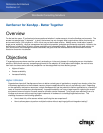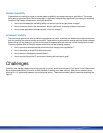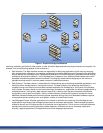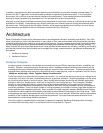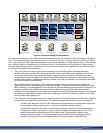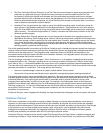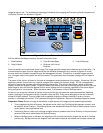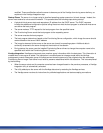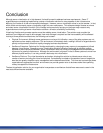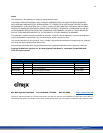
2
Greater Availability
Organizations are looking for ways to provide greater availability and responsiveness to applications. This means
being able to overcome faults, failures and surges in application usage without significantly increasing the hardware
footprint of the XenApp infrastructure, raising the questions:
How to provide adequate availability taking into account cyclical surges peaks in usage?
How to overcome faults in the environment without significantly increasing hardware resources?
How to make applications available quickly in lieu of a disaster?
Increased Flexibility
There are more options than ever for delivering applications to users, and there are likewise more requirements than
ever for providing the optimal working environment. Organizations must be able to develop and test system changes
before rolling out into production, as well as find ways to integrate technical solutions into the XenApp environment.
Providing a greater level of flexibility requires one to look into the following aspects:
How to provide a development/test environment that closely mimics production?
How to assimilate a mixed 32/64 bit environment?
How to deliver a XenApp environment faster?
How to provide the optimal IT environment allowing the business to grow?
Challenges
Currently, most XenApp deployments are functioning in a purely physical environment. Each server in the infrastructure
has a single purpose either to function as Web Interface, licensing, zone data collector, data store or member server
resulting in a 1:1 relationship between role and physical device. These environments typically resemble something like
Figure 1.



